My Rocky Mountaineer Tips For Travellers
The arrival of the enormous Rocky Mountaineer engines and coaches at the Banff station in the heart of the Canadian Rocky Mountains had everyone on the platform excitedly reaching for their cameras. For most of us it was the first time we had seen this iconic train. It was impressive. Looming high above the platform, stretching far into the distance as coach after coach lumbered past. It was to be where I would spend two days travelling to Kamloops and then on to Vancouver. It looked magnificent. Soon the train came to a standstill and crew leaped off to set up red carpets and flags at every carriage and we boarded.
In my “Rocky Mountaineer First Passage to the West Review” article I showed highlights of the landscape and train. In this one I give my tips for travellers considering travelling with them, and how to get the most from the experience.
1: What is the Rocky Mountaineer?
For over 25 years the Rocky Mountaineer has been running train excursions that explore the scenic areas of Western Canada. They connect travellers to iconic and significant cities, like Vancouver, Banff, Lake Louise, Jasper, Whistler and Seattle, passing through breath-taking areas like the Rockies. Most trips travel along tracks which themselves have heroic and historic stories as they pass through areas that were treacherous to build in.
Like other world-famous trains, like South Africa’s Rovos Rail and Australia’s Ghan, it is premium and luxurious service. However, unlike these, it is seater-only service. So guests travel on the train during the day and stay at partner hotels overnight. Stays can last from one to multiple nights based on the vacation package booked.
Due to cold snowy weather and short daylight hours in this part of Canada, Rocky Mountaineer only operates between May and September.
2: Which trip should you do?
There are a multitude of permutations focused around three core routes. They combine the rail journeys with stays at different locations, or even with cruises to Alaska. It makes deciding the perfect one fairly challenging.
To assist travellers find the right trip, Rocky Mountaineer have developed a simple five-question quiz. Simply summarized it recommends:
- “Journey through the Clouds” between Vancouver and Jasper via Kamloops for “Dream Seekers” (people who like seeing untouched and remote landscapes).
- “First Passage to the West” between Vancouver and Banff, also via Kamloops, for “History Buffs”. This trip follows the route along the Canadian Pacific line that first connected British Columbia to the rest of Canada. This is the route I did, and you can find out and see more in my “Rocky Mountaineer First Passage to the West Review” article.
- “Rainforest to Gold Rush” between Vancouver and Jasper but this goes via Whistler and Quesnel. This is for the “Adventure Bound” traveller as it takes in the extremes of the coastal rainforest, desert-like Fraser Canyon and ranch lands of the Cariboo Gold Rush.
- “Coastal Passage” for the “Seaside Romantic” traveller, which runs from Seattle along the coastal region to Vancouver before guests connect to any of the above trips.
- “Circle Journey” which is for people wanting the “Total Package”, this combines any two of the core routes where you start and end in the same place.
You can get a PDF copy of the quiz at Rocky Mountaineer Routes Quiz
3: What class should you travel in?
There are three grades of travel: Red, Silver and Gold Leaf. It is easiest to think of them along the lines of airlines economy, business and first classes.
I travelled in the premium Gold Leaf, and recommend you try stretching your budget to this. Travelling on the train is a unique experience and in this you travel in a two-level carriage with plush seating and glass dome for incredible sightseeing. On the lower level is a restaurant and open-air platform. The higher level ensures the almost uninterrupted sightseeing as you are above trackside vegetation at most times. You stay on the train all day, with no stops, and being able to move around and dine at a table versus in your seat is most welcome.
The best way to explain the differences is through seeing them.
My Rocky Mountaineer Gold Leaf Overview Video
You can also watch Rocky Mountaineer’s Gold Leaf video: https://youtu.be/dKjn31sd1U8
Rocky Mountaineer’s Silver Leaf Overview Video
Rocky Mountaineer’s Red Leaf Overview
Review a PDF comparison of the features and service differences: Rocky Mountaineer Service Comparison Chart
The food in Gold Leaf is outstanding. Here are some of the dishes I had for breakfast and lunch:
4: Who will your fellow travellers be?
Rocky Mountaineer carried over one million guests in their first 25 years, and its popularity is growing. It appears that the train is more popular with Australians than any other nationality, with people from the United States and the United Kingdom being other major groups. Native Canadians relatively under travel it. On my train was a good representation from other English-speaking nations like South Africa and New Zealand.
As a premium service travelling through landscapes, most of the guests appeared to be 50+ couples and groups. People were very sociable. In my view the Rocky Mountaineer is best suited to this demographic. There were a few children across the train but in my view as an experience involving soaking in the scenery listening to the history and background to the towns and sights, it may prove to be less thrilling for them.
5: What if you have limited mobility?
Guests with mobility issues seem to be well looked after. This included lifting devices at the stations to get them on and off the train, which is remarkably high off the ground. In the Gold Leaf carriages there is an elevator to the top deck, with room for wheelchair up there. There are accessible toilets in the carriages. Hotels on the route also offered suitable access and rooms.
6: Is sitting on the train all day a bit boring?
I did not find it boring at all, and was amazed how fast time passed. Each day we boarded the train around 8am and arrived at the overnight destination between 6pm and 8pm. The time varied based on the amount of traffic on the lines and how often it has we had to wait for freight trains to pass.
Throughout the day the coach hosts provided commentary and stories about places and sights passed. There were regular snacks and drink services, and breakfast and dinner. Combined with meeting and chatting to the other guests time flew by.
7: Where should you book to get the best price or deals?
If you visit RockyMountaineer.com, you will find the right site for your country shows up. It has current offers and deals, such as free pre- and post-trip hotel nights or seasonal discounts. It is worth checking these out, even if you prefer to book via a travel agent as part of your broader Canadian vacation, so you know what promotions you should discuss with them
8: What should you pack and wear?
You can only take hand baggage on the train. The rest of your luggage is taken separately between the overnight hotels and delivered to your room. They are also collected each morning. This is a great service as saves man-handling them at the stops.
Dress on the train is casual and you should wear flat comfortable shoes. Take a warm jacket or coat on board. Make sure you carry all your valuables, medication and important documents, like passport, in your carry on bag. Don’t forget your camera!
9: What do you need to budget for in addition to the train fare?
Your fare includes transfers to and from the train and hotels, meals, snacks and drinks on the Rocky Mountaineer. They differ based on the class you are travelling in, so in Gold you have free choice all day while in others alcoholic drinks are more limited to meals.
You should to budget for gratuities for the on-board team, evening meals and souvenirs on board. There is a great selection of jewellery, gifts, Rocky Mountaineer branded items, books and a DVD.
10: What about taking photos?
The train is moving and taking photographs through the window is a challenge. Most travellers used easy to use click and snap cameras, which did not need playing around with settings. However, as most of the time you are taking photographs through the windows or glass dome you are likely to get reflections. If you have access to the open viewing platforms, this is better place to take pictures.
If you use a DSLR camera to get the best results I recommend setting it to the TV setting (where you define the aperture speed high to avoid blur and let the camera do the rest). Use a Polarising Filter lens attachment to remove the reflection on the glass.
However, do not spent all your time behind a lens trying to take pictures and enjoy the magnificent scenery. Perhaps buy the DVD they sell to make sure great imagery to remind you of your trip.
11: Any other tips for getting the most of your time on board?
- Follow the trip in the “Rocky Mountaineer Mile Post” newspaper provided at every seat. You can track each leg of the trip and highlight. It provides more insights to those provided by the team. It also highlights the key “Photo Opportunities” along the trip so you can get ready to snap them.
- Bring along some entertainment in the form of book or pre-loaded film or TV show on your tablet or device if you do want a diversion.
I hope these help you to have an incredible experience. If you have travelled with them and have anything to add, please leave your thoughts and comments.
Inspired to travel on the Rocky Mountaineer? Find out more at RockyMountaineer.com
Disclaimer: I travelled as a guest of Rocky Mountaineer on the “First Passage to the West” from Banff to Vancouver.


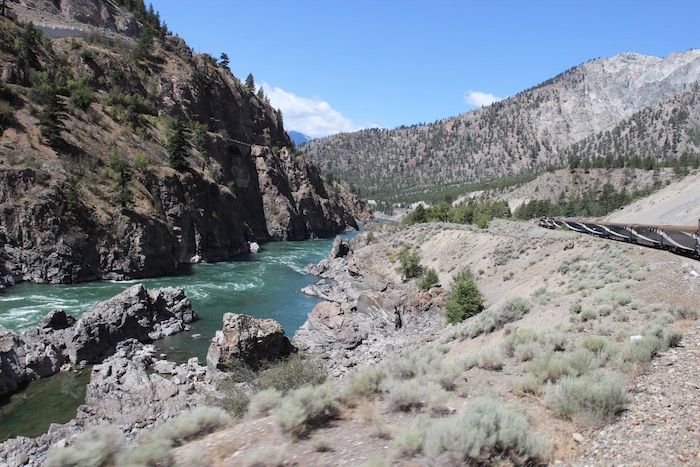
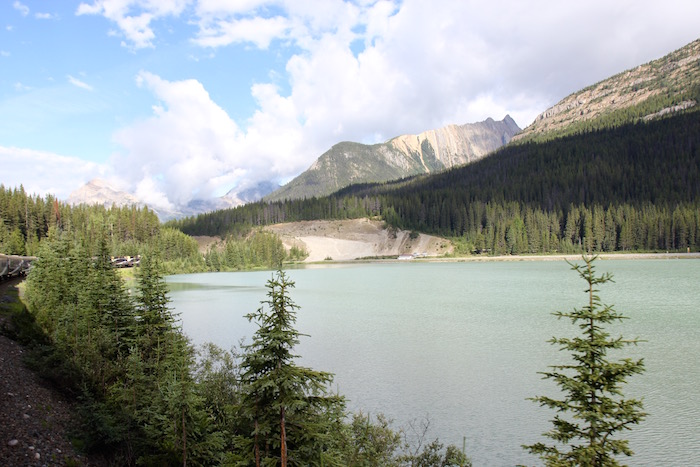
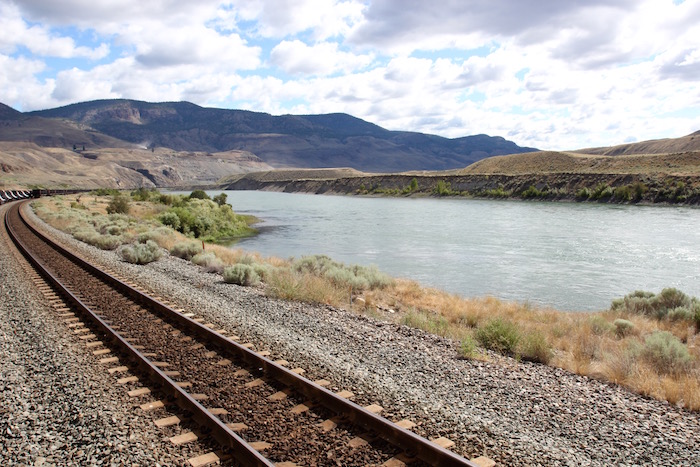

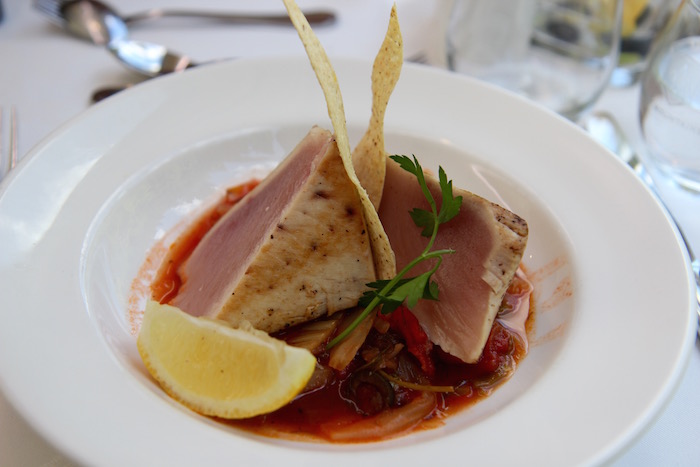



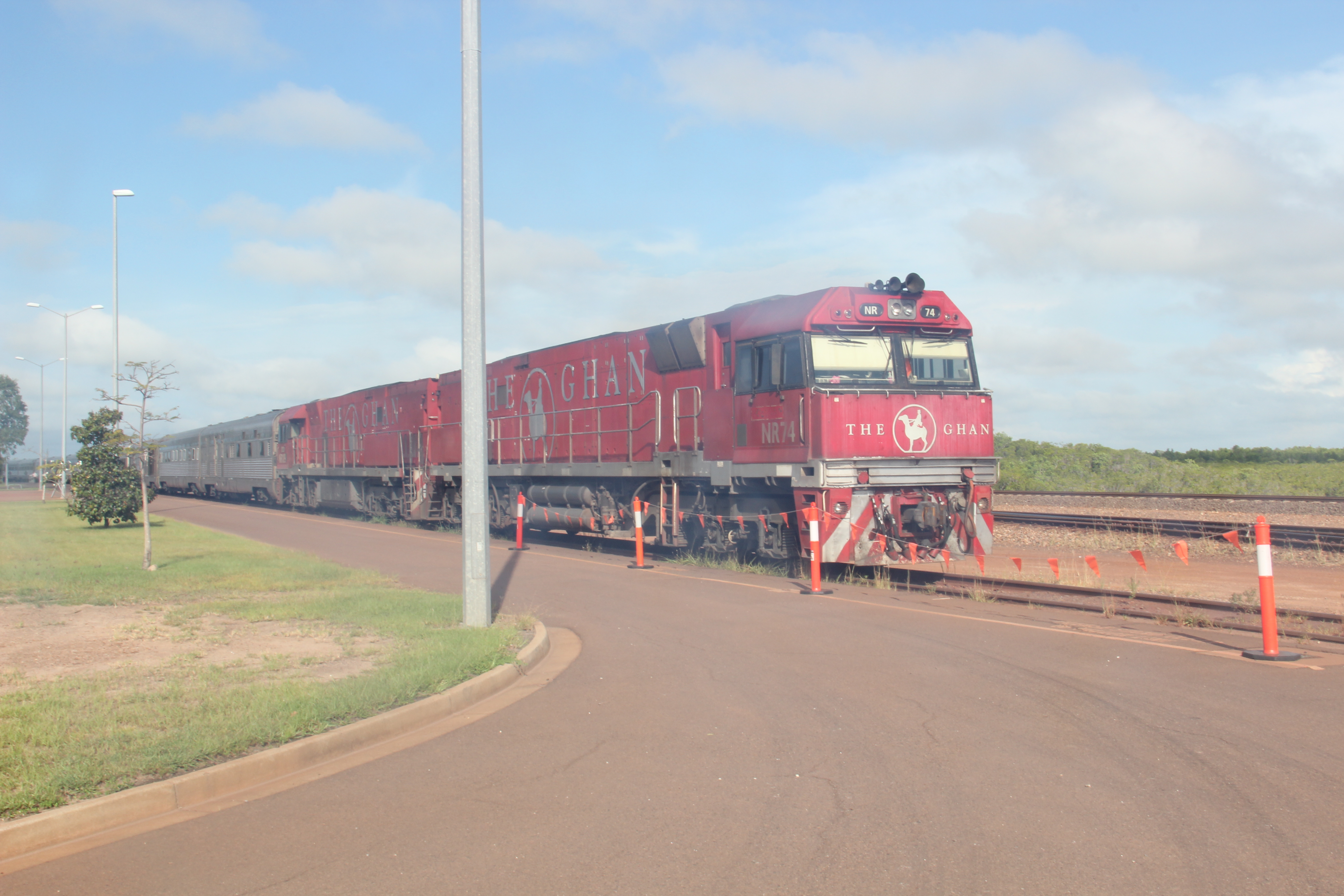
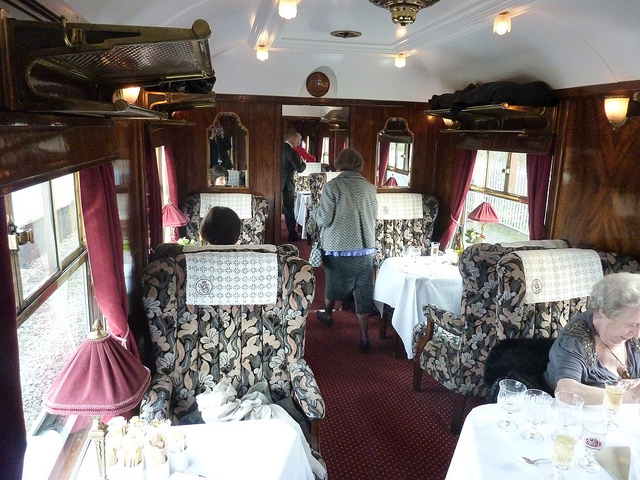
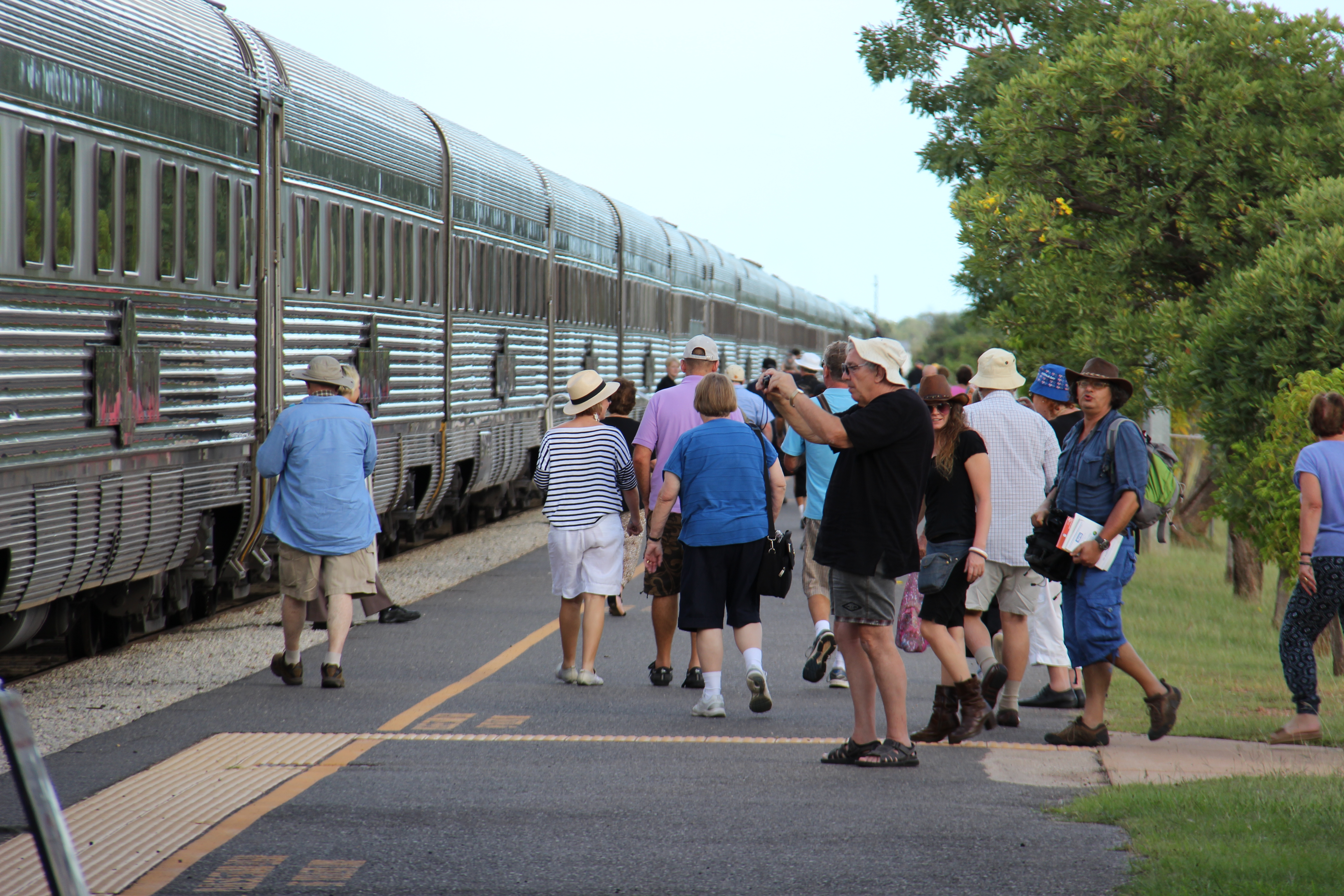










Great Tips Gary. Making me want a return Rocky Mountaineer trip!
Me too 🙂